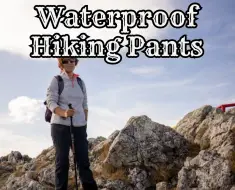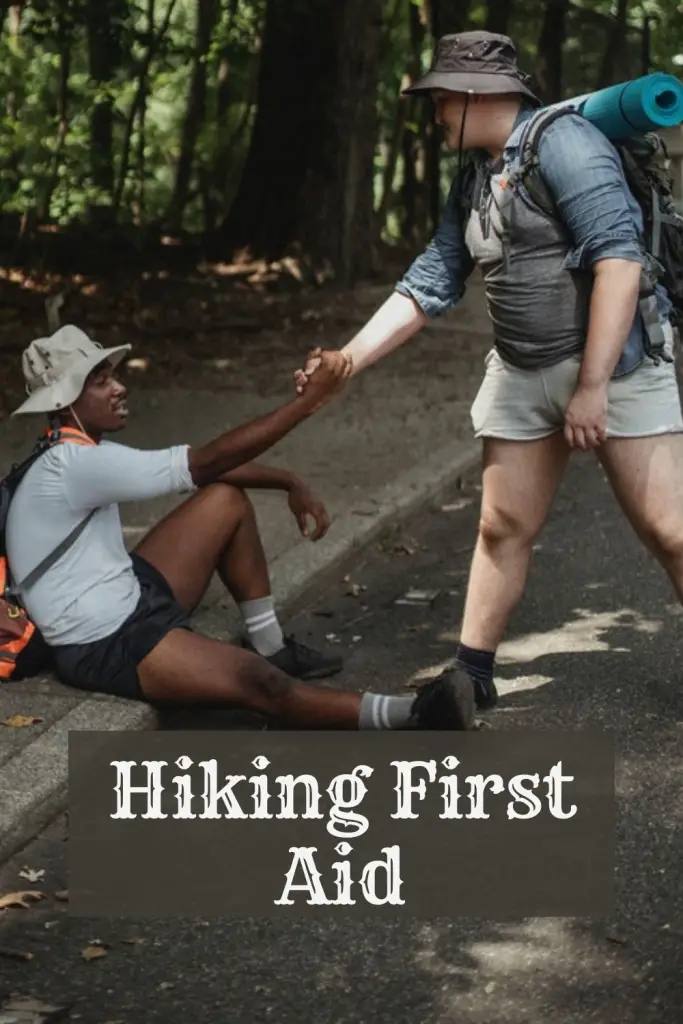
You’re heading out the door for a hike on your favorite trail. You have your water, your backpack, your map … what’s missing? Oh yeah! A hiking first aid kit! No one hopes to be injured on the trail but the unfortunate reality is that nature, like much of life, is unpredictable. Rolled ankles, blisters, scrapes, and stings can really throw a wrench in your hiking plans. However, they don’t have to ruin your hike. The best thing you can do for your future self is to be prepared in case the worst does happen while you’re out living your adventure.
Now, I should preface the rest of this article by saying I am not a medical professional. I have a Wilderness First Aid certification but that is the extent of my medical training. The tips, tricks, and advice offered in this article are primarily from experiences I’ve had leading trips or hiking with friends.
Make sure you consider these outdoor risks while hiking!
Building Your Hiking First Aid Kit
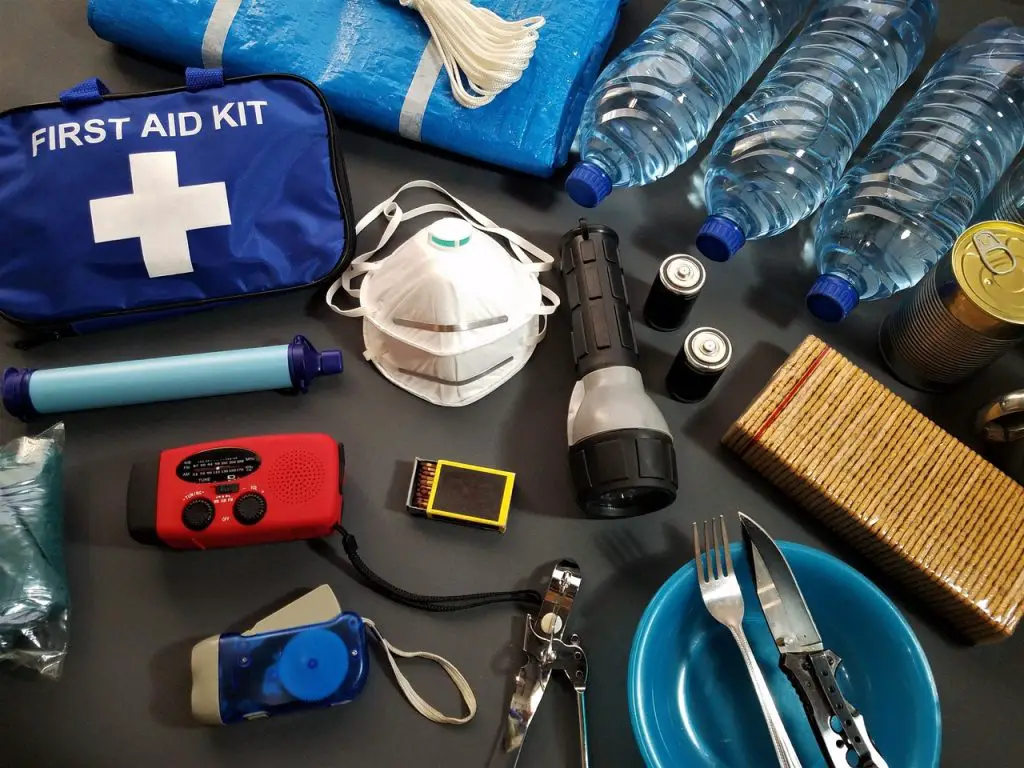
Your hiking first aid kit should be an essential part of your hiking gear. I’ve been caught without one a few times and it’s never been a fun experience. However, choosing or building a kit can be an overwhelming process. Here are some of the basic things that a hiking first aid kit should have:
- Band-aids of varying sizes
- Gloves
- Medical Tape
- Moleskin (for blisters)
- CPR Mask
- Ibuprofen
- Benadryl
- Triple Antibiotic Ointment
- Hydrocortisone Cream
- Small Scissors
- Tweezers
These are just some basic items that will come in handy while hiking. Where you choose to hike can also play a role in what kind of first-aid gear you may need. For example, if you plan to hike somewhere with a lot of ticks, you may want to include a tick removal tool. Always be sure to check for local recommendations and potential dangers wherever you plan to hike.
Check out these Top 10 Camping Safety Items!
There are kits available from local retail stores that usually have the basics included. This would be a great place to start if you are unsure about building your own kit. Either way, you choose to go, I would recommend finding one that is waterproof or that can be stored in something waterproof. Better safe than sorry!
Providing Hiking First Aid
Nine times out of ten the reason you need your kit will be something simple, such as a blister or scrape. That being said, it’s always best to be prepared. If you come across someone who needs first aid or you need it yourself, the most important thing to remember is to stay calm. You cannot help anyone if you are panicking. Take a deep breath, assess the situation, and decide what comes next.
Some of the most common things you might run into while hiking include:
Blisters:
Blisters are an unfortunate reality in the hiking world. Prevention is key. Knowing some basic hiking first aid is also key. Breaking in your shoes before the hike, and wearing thicker socks will definitely help. However, even with the best prevention sometimes you get a blister anyway. My go-to treatment for blisters is moleskin. It comes in sheets. The best way to use it is to cut a piece that is bigger than the blister and then cut out the middle. This way it keeps your sock and shoe from continuing to rub on the blister, therefore preventing it from getting worse. You should avoid popping blisters while you are on the trail as well. The skin over the blister acts as a barrier preventing dirt and bacteria from getting into your wound.
Find the right hiking boot for you to reduce the need for hiking first aid!
Cuts and scrapes:
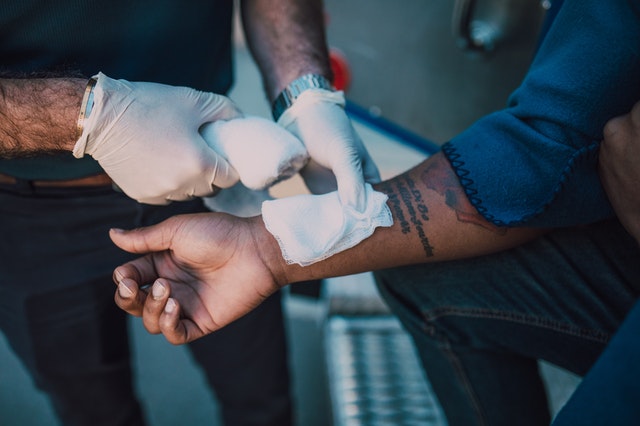
Cuts and scrapes can happen anywhere and are usually no big deal. The best thing you can do if you get one while you are out hiking is to clean it out and cover it. This is important because keeping it clean will prevent infection. When you get home, make sure that you clean it with soap and water. Triple Antibiotic Ointment is a great tool for helping to prevent infection as well.
Stings and Insect Bites:
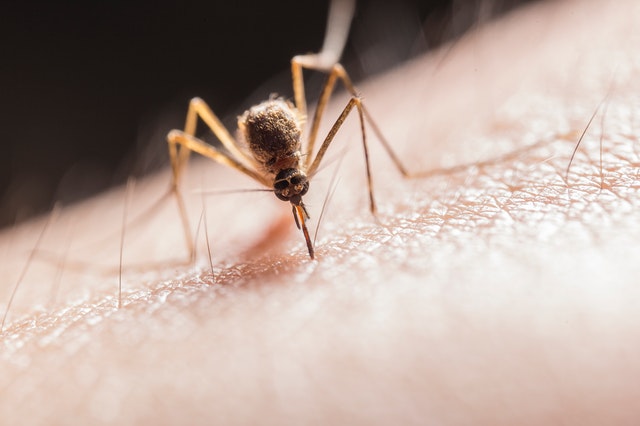
Stings and bites are also a common nuisance on the trail. If you get stung, the first thing you need to do is make sure you get the stinger out. The best way I have found to do this is to use a credit card or something of that nature and gently scrape it across the sting. Don’t scratch it or try to pull it out with tweezers, as this will cause more of the venom from the stinger to enter your body. It will probably swell up as well. As with the blisters and scrapes, try to keep it as clean as you can to prevent infection.
Bites are typically less serious. They will swell and itch but do your best not to scratch them. There is anti-itch cream specifically for insect bites that you can purchase. I find that hydrocortisone cream works just as well for bites and stings. If you are severely allergic to an insect bite or sting, I recommend taking your Epi-Pen or medication with you when you hike.
Allergic reactions
Allergic reactions can present as something simple, like a rash, or something more serious such as swelling and trouble breathing. When you think you or someone you are with is having an allergic reaction, determine the severity of the reaction. If it is mild, give them something like Benadryl and monitor them. If it is severe or continues to get worse after Benadryl is administered, call for help and try to get help as soon as possible.
Sprains
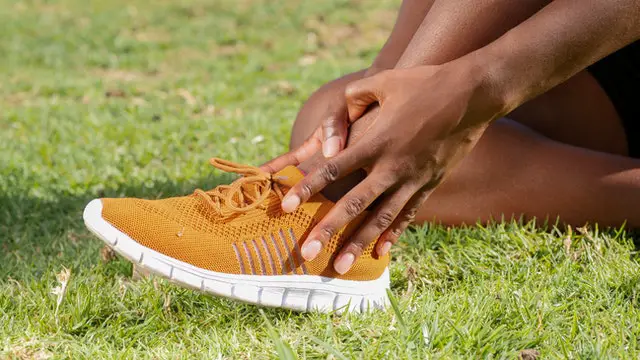
Sprains can really mess up hiking plans. The most common sprain I have experienced and seen is ankles. For whatever reason, they seem to be the usual culprit. I have rolled my ankle many times while hiking and it never fails to be at an inconvenient time. If you can end the hike and get somewhere safe to ice and elevate the injury, that is the best course of action. It will likely swell and bruise. Try very hard to keep it from rolling again. This can be accomplished with a splint or tape. Again, ice and elevation really are the best things you can do to help it. If you are unsure if it is a sprain or a fracture, seek medical attention as soon as possible. While you cannot prevent a sprain knowing some of these quick hiking first aid tips are sure to help you out.
Where Can You Learn More?
The best recommendation I can give is to take a first-aid course. I started taking first aid courses when I was sixteen and I am so grateful for the knowledge and tools those courses gave me. If you are interested in taking a first-aid course I would recommend taking one offered by the American Red Cross as they offer courses all over the U.S. and are relatively affordable. If you are looking for something geared more toward backcountry first-aid, I would recommend a NOLS Wilderness First Aid (WFA) course. The instructors are very knowledgeable and prepare you for anything you may encounter while you are out exploring. Don’t forget to visit the Red Cross Take a Class or the NOLS Course Finder to get skilled in hiking first aid right now!
Hiking First Aid Wrap-up
While I hope that you never have to use any of the hiking first aid information in this article, the reality is that a time may come when you will be glad you read it and brought a first-aid kit with you on a hike. It can be scary to be in a situation where first-aid is needed but I encourage you not to let it deter you from hiking. Don’t let fear stop you from doing what you love and living life to the fullest out on the trail. There are resources out there like the Red Cross and NOLS which will help get you prepared. Remember, learning how to take care of yourself and others while hiking is the best way to make sure you can continue to enjoy hiking for years to come!






